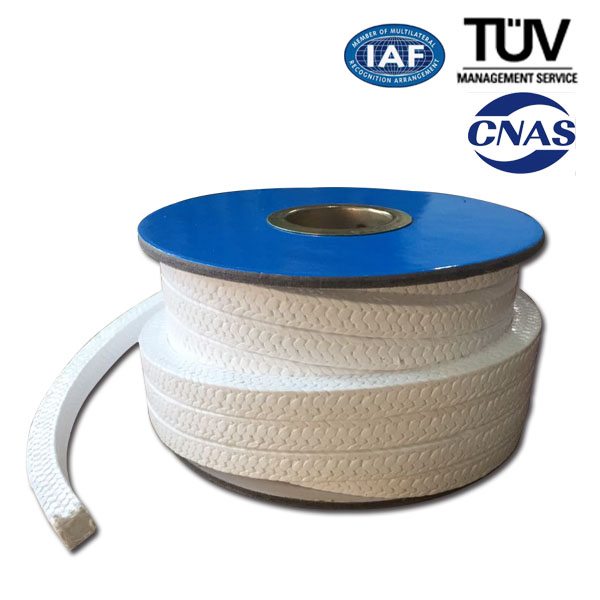Manufacturer for PTFE Braided Gland Packing for Orlando Factories
Manufacturer for PTFE Braided Gland Packing for Orlando Factories Detail:
Braided with 100% expanded PTFE, soft character, super fiber strength, ideal abrasion resistant material.
Special porous structure of the fiber can better absorb and reserve lubrication and heat conductive agent useful for the sealing of packing to assure of consistency of lubrication and heat conductive agent, great reduction of possibility of efficacy loss. Much better meets demands of rigid using conditions.
With the exception of very few chemicals, resists almost medium.
Technical Data Sheet
|
|
Rotating |
Reciprocating |
Valves |
|
Pressure |
2Mpa |
15Mpa |
20Mpa |
|
Shaft Speed |
10m/s rotary |
||
|
Temperature |
-200℃~+280℃ |
||
|
PH Range |
0~14 |
||
Application Area
Rotary and reciprocating plant in the food processing, pharmaceutical, special chemicals, and pulp and paper sectors.
It is particularly recommended for sugar and chocolate processing, and fine paper production.
Product detail pictures:

Related Product Guide:
A Look at the Molded Gasket
What Is A PTFE Ring Gasket?
Manufacturer for PTFE Braided Gland Packing for Orlando Factories, The product will supply to all over the world, such as: , , ,





